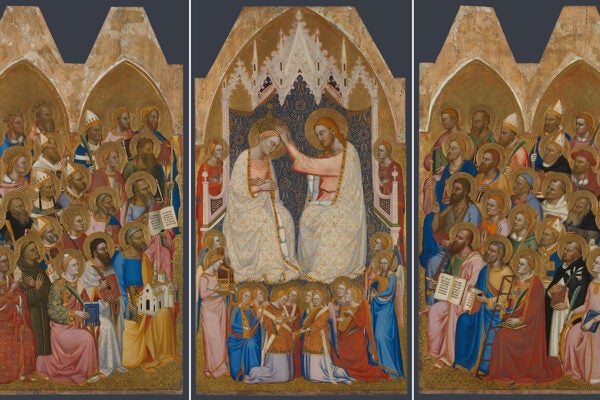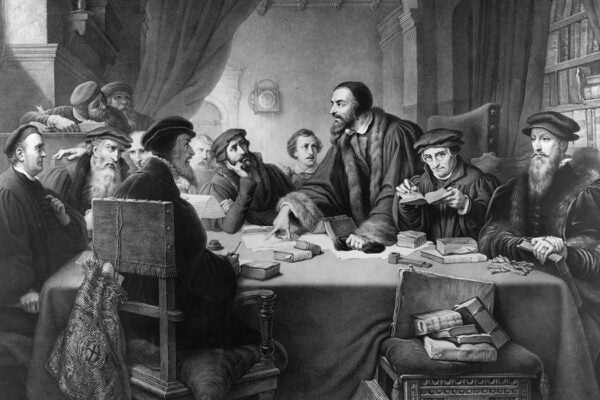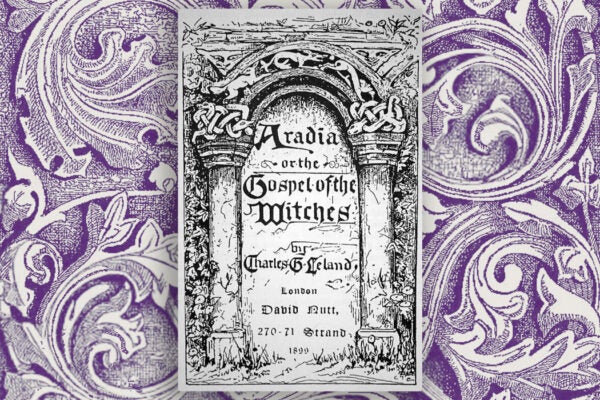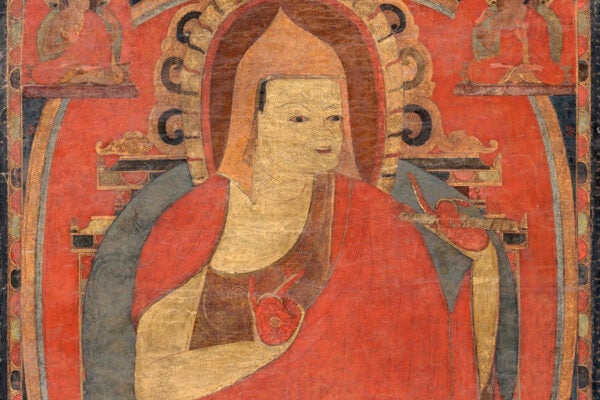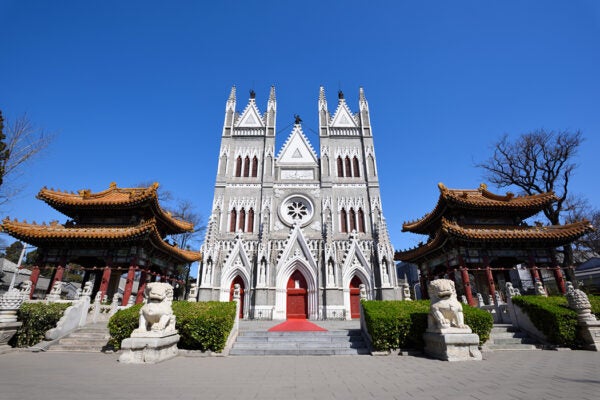The Roots of Catholic Samba
Since the early days of African enslavement in Brazil, Black Brazilians have cultivated rituals that mix Catholic and African elements in the form of holy Samba.
Kongo, Interpreted
In the sixteenth century, Kongo’s government trained young nobles to provide interpretation and cultural mediation between Europeans and Kongolese.
The Indonesian Frontier Town Named for a Jungle Vampire
The city of Pontianak is notable for sharing its name with a vengeful folkloric revenant known by various monikers across the Malay Archipelago.
Healing Dance at an African Church in Ireland
For congregants at the Yoruban-influenced Christ Apostolic Church in Dublin, sacred dance is a form of mental health care.
When the Bishop Married the Abbess
When a new bishop was installed in the see of medieval Florence, he was also expected to marry—at least symbolically—the abbess of San Pier Maggiore.
When Singing Was a Crime
Calvinist reformers in sixteenth-century Geneva frequently punished people for immoral behavior—like singing.
Ronald Reagan’s Guiding Light
Having inherited his mother’s beliefs, Reagan was ever faithful to the Disciples of Christ, whose tenets were often at odds with those of the GOP.
The Legends of Charles G. Leland’s Aradia
Leland’s interest in magic and folklore led him to northern Italy in search of remnants of “the old religion” of witchcraft.
The Therapeutic Side of Tibetan Buddhism
Along with teachings on liberation from the cycles of death and rebirth, the Tibetan Buddhist tradition contains guidance on removing impediments to compassion.
Building Notre Dame in Beijing
Chinese church architecture progressed from initial setbacks to reflect a two-way transfer of design and building techniques as East met West.




